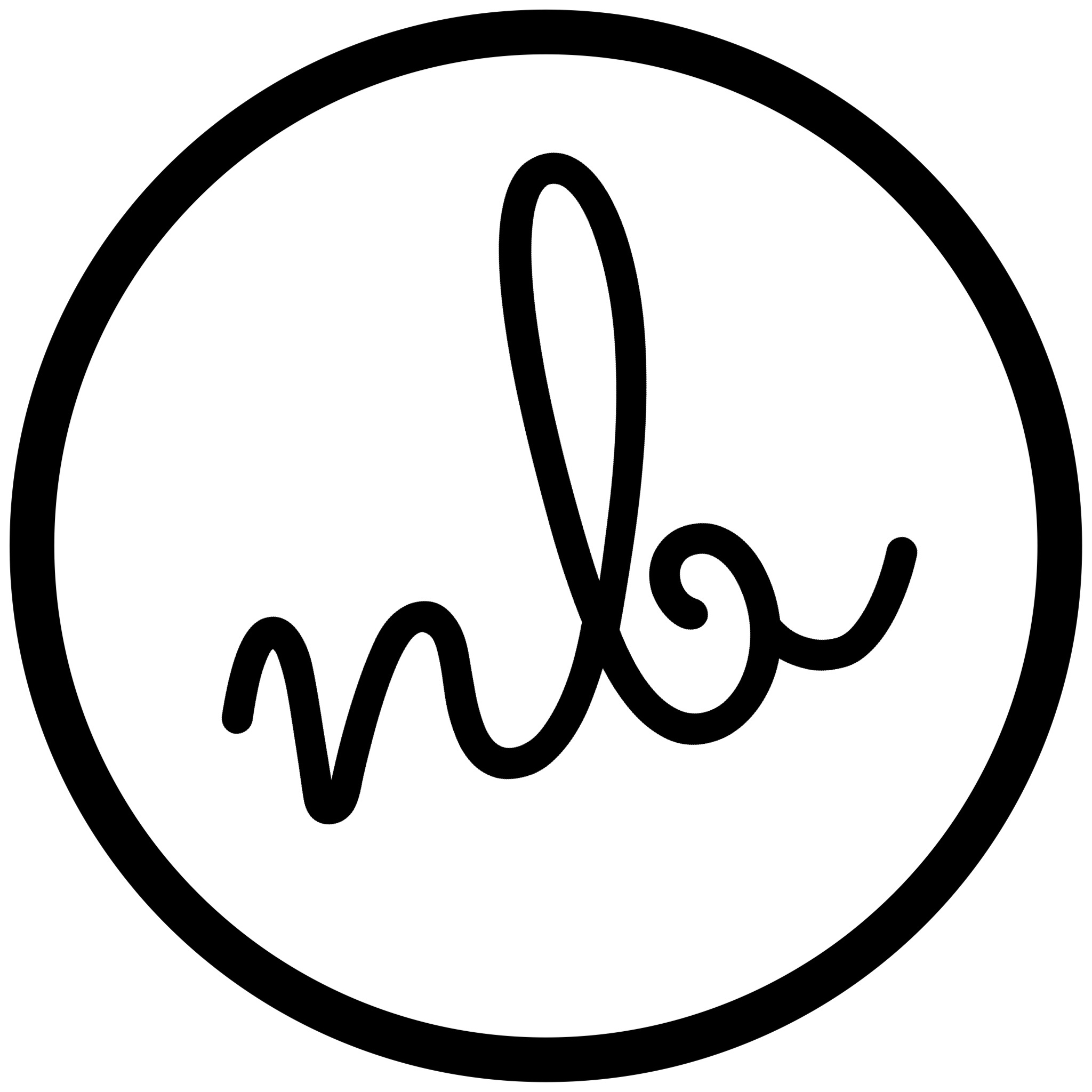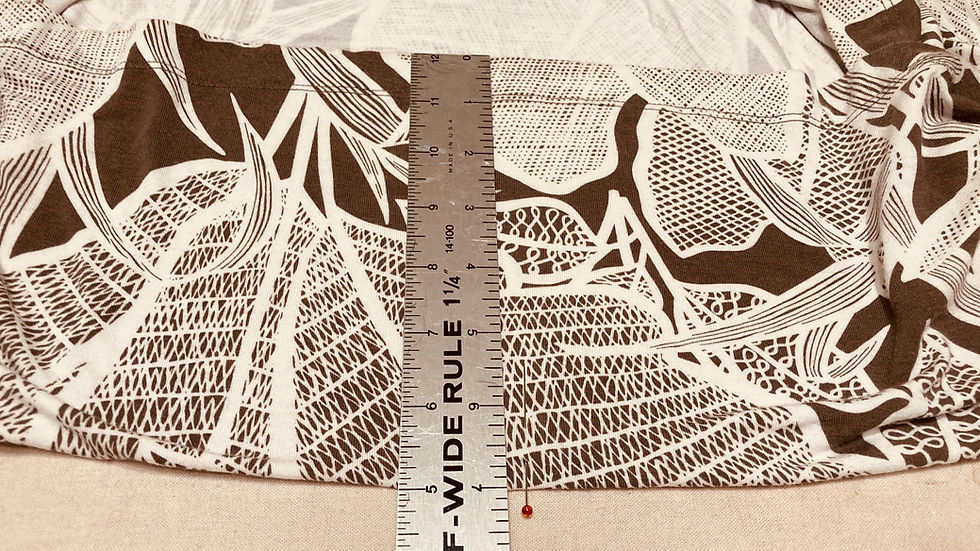Dress Hem
- Naturally Bueno

- Nov 5, 2021
- 2 min read
Updated: Feb 5, 2024
Ever tried sewing knit or stretchy fabric on a home sewing machine? You'll run into some challenges. Since the fabric can stretch but the stitches do not, this results in stitching popping and braking. One way to prevent this is to sew with a zig zag stitch or use a twin needle to create a double stitch one one side, with a kind of zigzag on the back. This will give the fabric the room to move freely with out breaking the thread. But there is another way! A coverstitch machine is a dream for these type of hems.
Here is an example of a hem I recently worked on. This dress needed to be shortened by 3.5".

First, I measured where the new hem would be. (I got mixed up with another dress that needed to be shortened 7", but I caught myself in time!)

I pinned all around to hold it in place. I knew that the new stitch line would be 1" from the edge, so I placed the pins so they would be out of the way when sewing.

Next, I set up the coverstitch machine. For this particular fabric I used the two needles on the left, set at a 4, and the bottom thread set to a 6.5.

I measured from the furthest left needle to the edge of the hem to be 1".

I sewed all around. No backstitch necessary at the beginning or end. Instead, when I come back around, I overlap the beginning stitches a bit.

A coverstitch works differently from a home sewing machine or a serger. I made sure the needles where at the top most position. I released the tension of the needles by pushing the thread release buttons to the right and pulled the threads out as you can see in the picture.

Then I lifted the pressor foot and released the tension of the bottom thread by pushing the thread release button to the right. I pulled the fabric out to the left.


Then cut the threads. Unlike a sewing machine where you cut the threads close to the fabric, you want to leave some long tails.

With a hand sewing needle, I moved the threads to the back.


Then I tied some knots on both ends.


At this point, I cut the threads closer to the fabric. With a coverstitch, overlapping is not enough. By pulling the threads it is easy to unthread everything. Great if you are doing alterations. Not so great if you just finished hemming. Securing the ends is important.

The last step was to cut off all the excess fabric. This must be done very carefully. A pressing ham can be helpful to hold the fabric in place and prevent cutting fabric that may be underneath.

I am very pleased with how hems turn out with a coverstitch machine.


If you need your stretchy dress hemmed, click the link below to book your appointment, and see you soon!
Comments